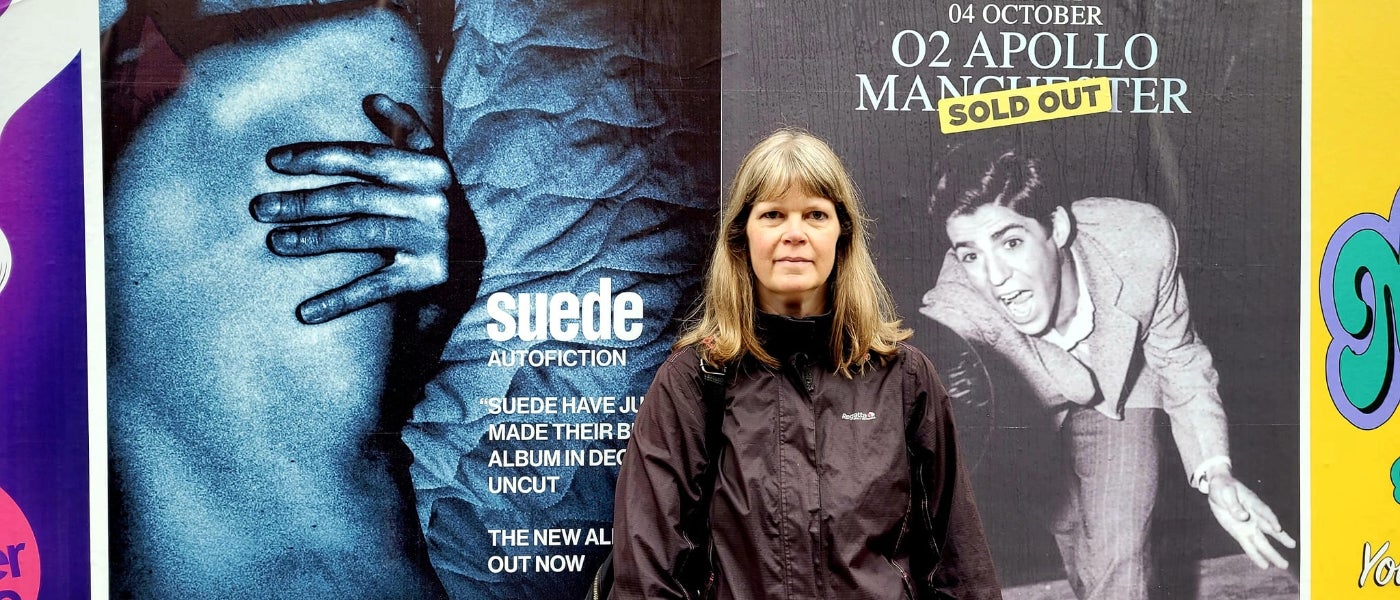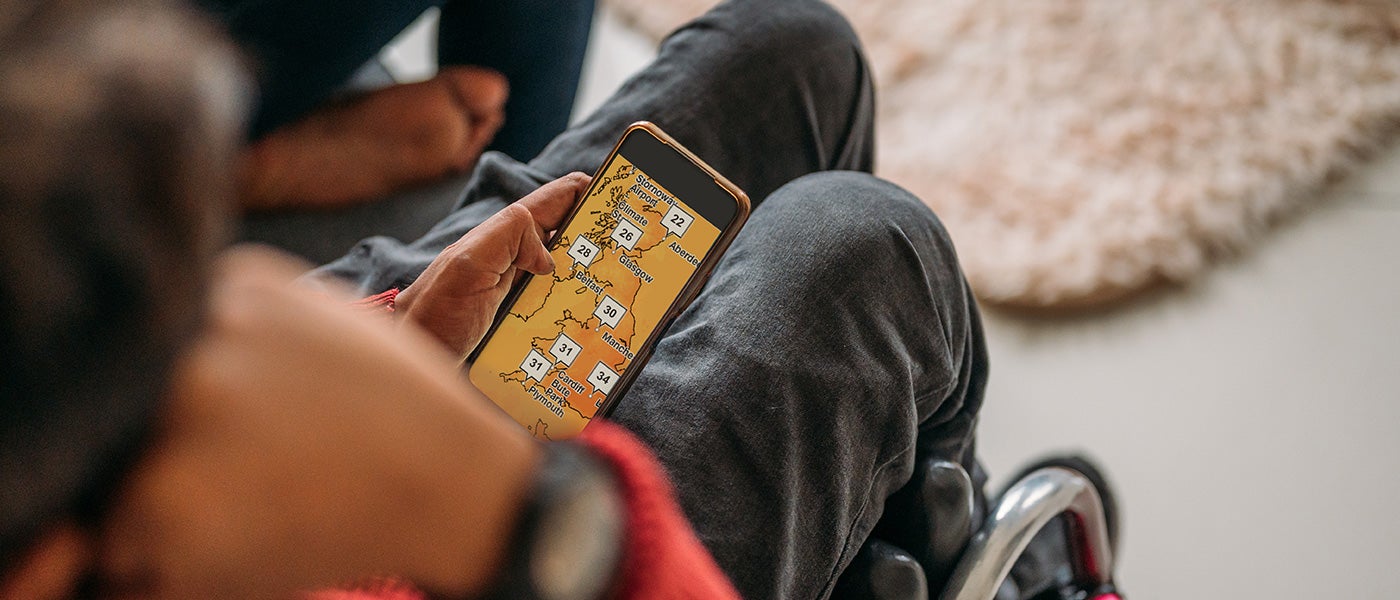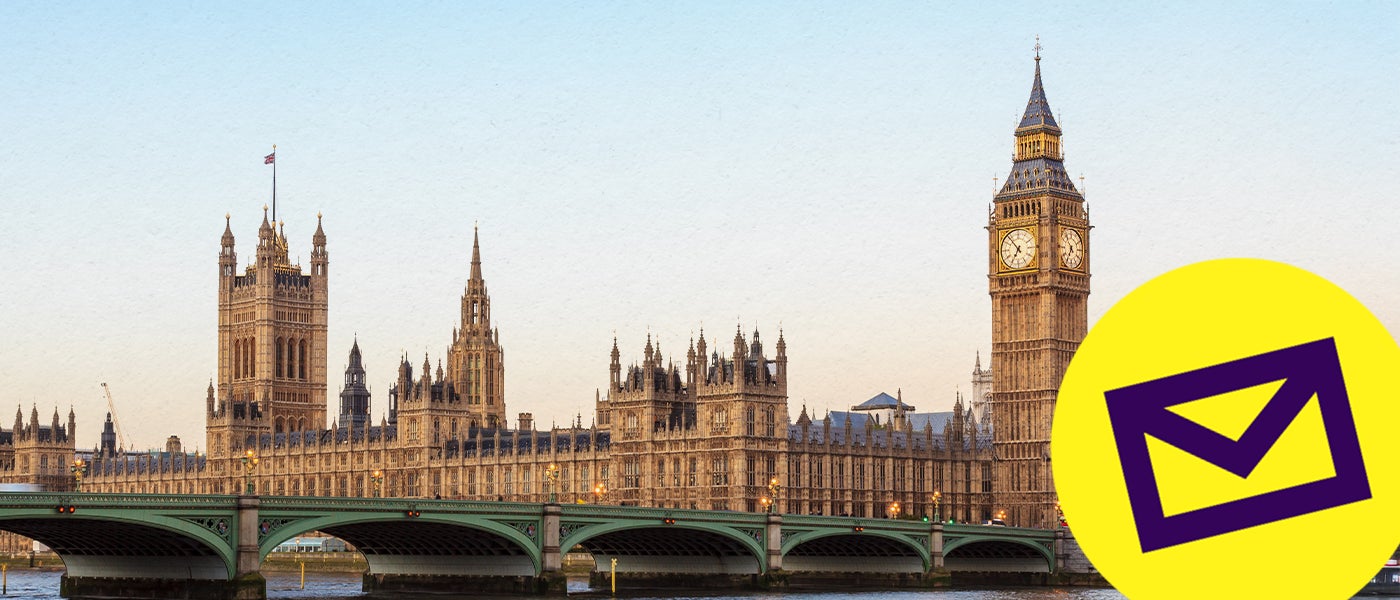- Home
- News and stories
- “People still tend to view accessibility measures as an unfair advantage.”
“People still tend to view accessibility measures as an unfair advantage.”
 7 September 2023
7 September 2023
Using the Access Card has enabled Jo to watch live bands up close again. But attending venues still has its challenges.
I have always been a music lover. But as a chronic pain sufferer, I gave up going to live music shows for several years because the prolonged standing is a major trigger for my pain.
Eventually, I was inspired to try going again. It was something I really enjoyed and that was important to me. I didn’t want to let my condition stop me from doing something I loved so much.
When I attended a large arena show I sat in seats far from the stage. I remember feeling like I was watching the show on television. I was more of an observer than a participant.
The artist on stage seemed miles away. The crowd on the auditorium floor were dancing and jostling, completely caught up in the atmosphere. I wanted to be part of that again.
“I didn’t want to miss the opportunity to be right in front of my favourite acts.”
One of the main problems for me was the long queues that people go through to get to the stage. It’s painful enough for me to stand for the duration of the show, let alone with this additional standing preceding it.
I was happy to be further back at some shows, but not every time. I didn’t want to miss out on the opportunity to ever be right in front of my favourite acts.
I wasn’t aware of any support that would enable me to access the experience I wanted. That’s why, after several years of battling unsuccessfully to manage my pain levels in queues, I was pleased to discover the Access Card.
This card uses symbols to highlight the barriers you face and adjustments you require. One of these is the ‘Standing and Queuing’ symbol. I’d never seen anything like this before, and it felt so refreshing to have my particular needs recognised in this way.
Now that I have the Access Card, I’m much more able to enjoy the shows I attend. I can spend the time immediately before a show ensuring my body is sufficiently rested, so my pain levels haven’t risen uncontrollably before I’ve even arrived.
The Access Card provides me with a way to avoid queues, making my pain levels much more manageable and less likely to take away from my experience.
“The Access Card has helped make life a little easier.”
Most of the venues where I’ve used the Access Card have been fantastic. This includes catering to my needs efficiently and discreetly, away from the main queue. Other venues have a separate queue for disabled customers, which I’m now able to join.
This said, I’ve found that security staff aren’t always familiar with the card. It can be better to show it to other venue staff, such as those in management or the box office.
Living with chronic pain is hard enough, and the Access Card has helped make life a little easier.
“It's disappointing that these attitudes are still so prevalent.”
Luckily, most people have shown kindness and understanding. But some of the abuse and negative attitudes I’ve encountered has been quite shocking and upsetting. It makes me anxious about using the card in future.
Other concertgoers have perceived me to be jumping the queue. This has been particularly problematic because my disability is invisible.
On one occasion, a man in a concert crowd was very rude to me. He said, “If you had a disability, you wouldn’t be able to stand there.” I was shocked by this, as I thought by now it was fairly well-known that not all conditions and impairments are visible.
It's disappointing to find that these negative attitudes are still so prevalent. It seems that people still tend to view accessibility measures as giving an unfair advantage, rather than simply making an attempt to level the playing field.
But to suggest that disabled people should be denied the opportunity to be at the front of a crowd is discriminatory and ableist.
“I hope to see more improvements to accessibility at venues.”
There are some things that could help to challenge negative attitudes, and to raise awareness around accessibility.
Venues should have a zero-tolerance policy towards those who are abusive to people who need access assistance. Signage that shows each venue’s accessibility measures might also help to destigmatise these options.
I've only used the Access Card at 5 venues so far, but it’s made such a positive difference to my experience at shows. I hope to see more improvements to accessibility at venues, and a shift in attitudes around assistance for disabled concertgoers.
 7 September 2023
7 September 2023








